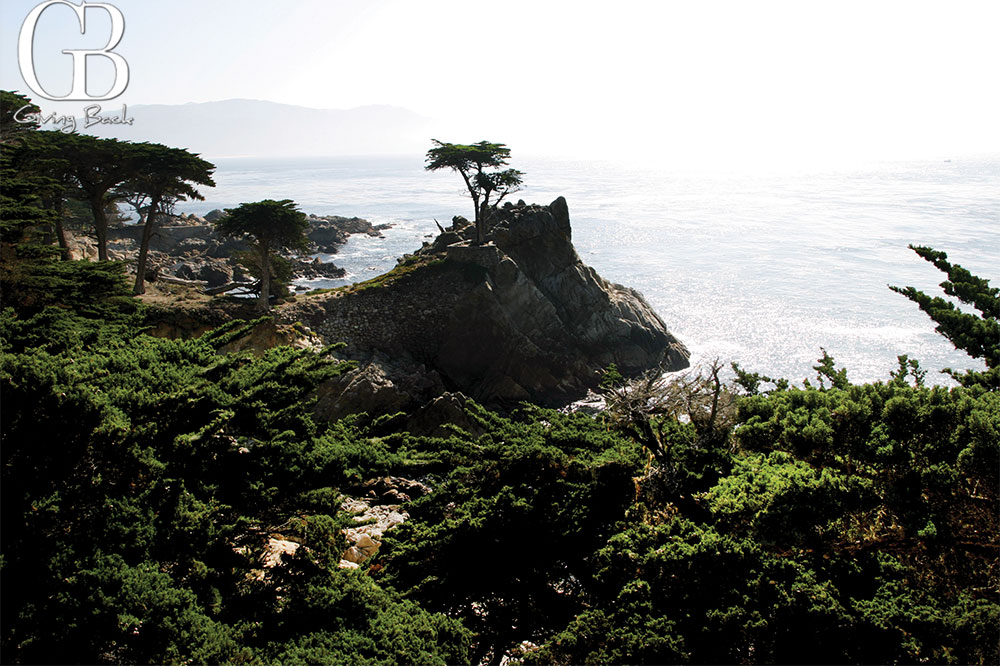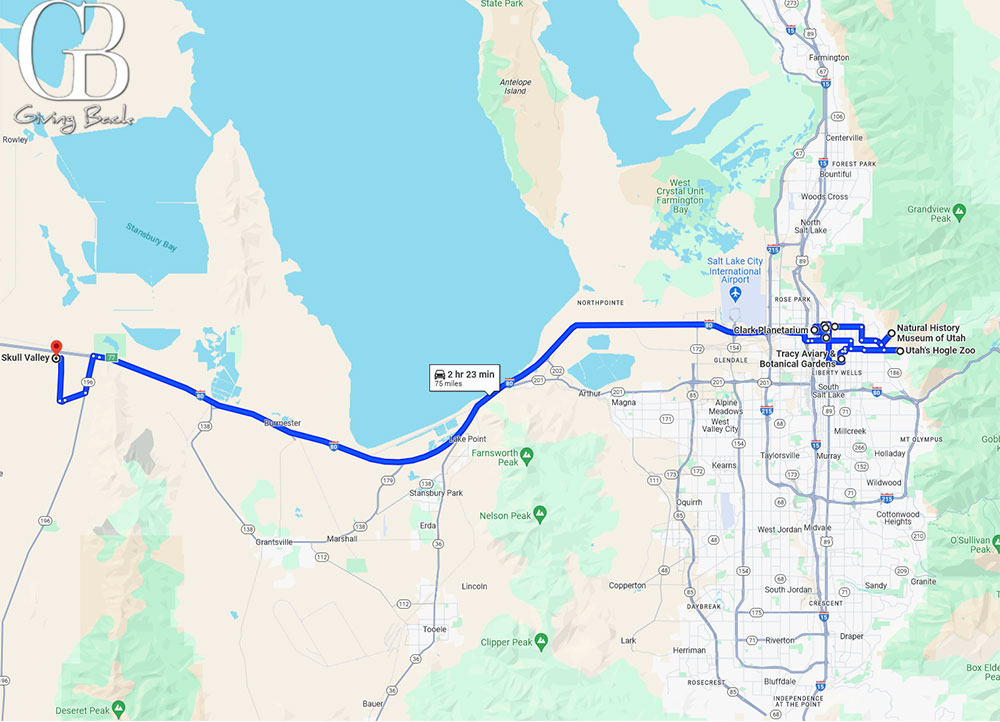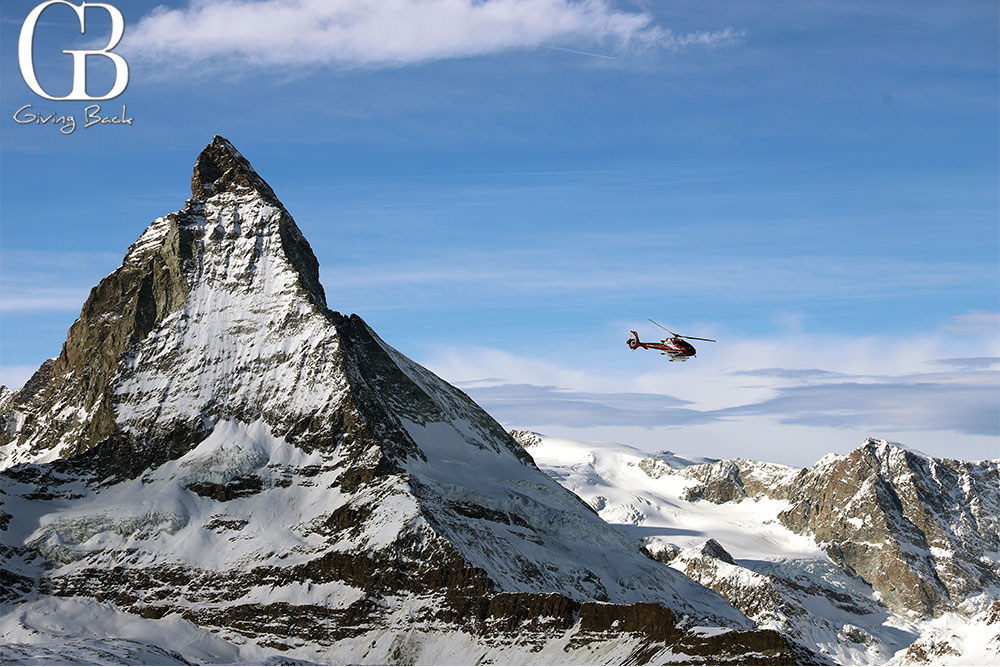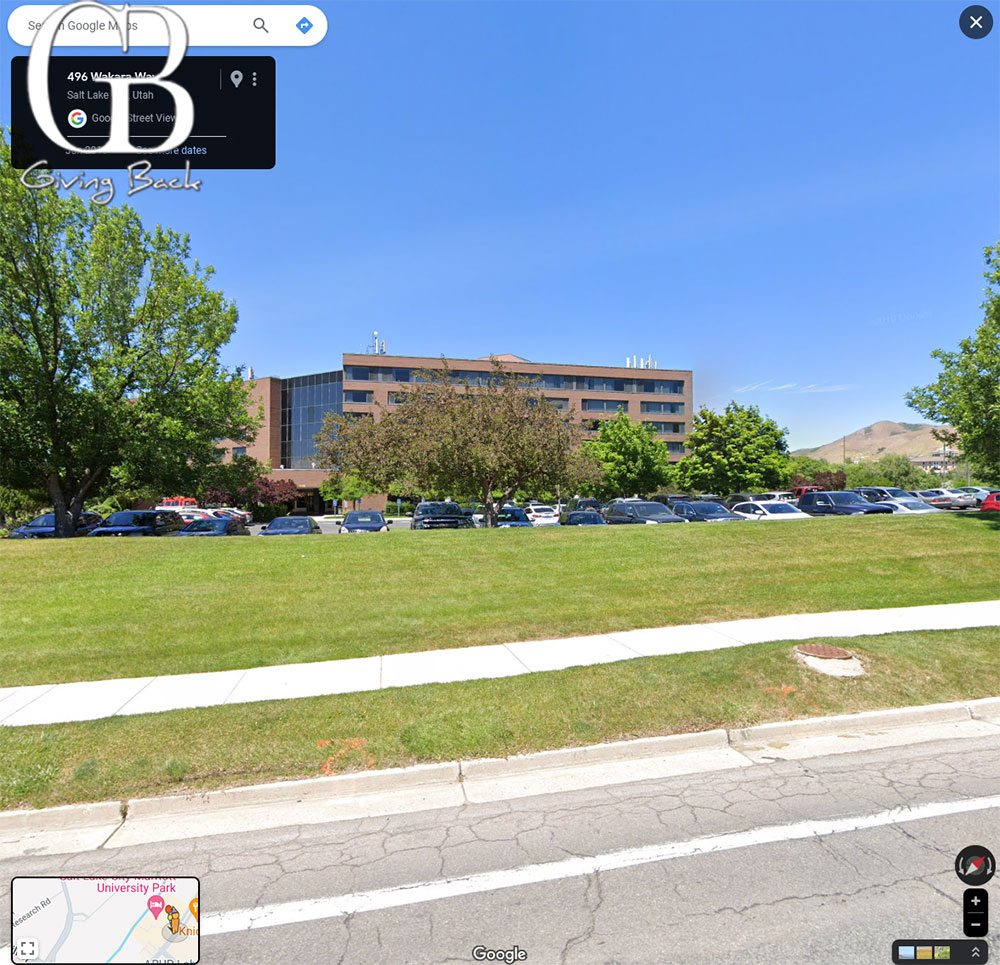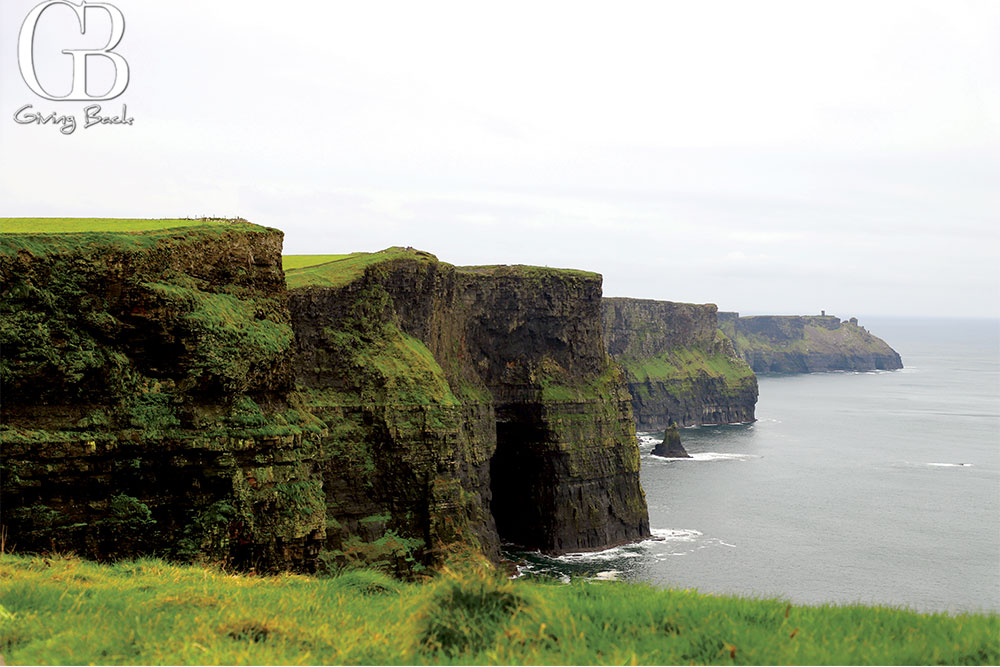HOW TO PLAN YOUR NEXT TRIP

HOW TO PLAN YOUR NEXT TRIP
With over seventeen years of planning trips for our travel reports under our belts, readers often ask us- HOW DO YOU PLAN YOUR TRIPS?
We have found that the more research and preparation we do in advance, the better a trip goes. Things move smoother, we know what to expect, we don’t get lost, we know where we want to spend our time and what not to bother with. It is not easy, but much easier than trying to solve a problem on a street corner or asking a concierge who may not understand your taste.
DISCLAIMER: The links below are NOT affiliate links and we are not paid if you visit them.
WHERE TO GO
The first step in planning a trip is planning where to go. Sometimes we have a theme in mind, we have seen a movie, read a magazine article that interests us, and we begin to research. A few options on looking for locations are travel websites themselves. Do not use social media, Instagram or TikTok as a source- they are not good indicators- anyone can make anything look good in one picture or a 20-second video clip!
escapadita.travel our favorite website to find locations!
www.nationalgeographic.com/travel
WHEN TO GO
This is a personal choice but be aware of important dates- either at home, or where you are travelling to. Make sure you don’t drop into the middle of a festival you were not expecting. Watch out for holidays that can affect your experience for good or bad. Be aware of the weather- rainy season, cold or snowing, or will it be really hot? Traveling in the “off season” can save money and give you a more pleasant, less crowded experience.
GETTING THERE
Once you know where you want to go, you have to figure out the basics on how to get there.
www.southwest.com Travel in the USA, Mexico, Central America and Caribbean
www.google.com/travel/flights Travel to the rest of the world
www.rome2rio.com Travel between any two points
www.cruisecritic.com Cruise info
www.seat61.com Rail travel info
https://www.seatguru.com/findseatmap/findseatmap.php see if a specific seat on a plane s good or bad
Do not wait until the last minute- prices always go up!
CHOOSE YOUR POINTS OF INTEREST
Once you have an idea of where to travel to and how you are going to get there, it is time to plan your trip.
What we do is create a list of all the things we find interesting in a destination- regardless of where they are located. Cultural, historical, museums, neighborhoods, shopping, restaurants, quirky things- you name it. Make a list if it catches your eye- but make sure it is something you really want to go to – something that speaks to you. Just because it is “popular,” it does not mean it is necessarily for you. But how do you find these points of interest, again- research. Create the list and either write it on paper or put it on a spread sheet for easy modification and arrangement.
www.atlasobscura.com This is a great site for unusual destinations.
PLAN THE BASICS
So now, you have a long list of locations and points of interest, but now is where reality needs to set in. How long is your trip? You will need to begin to budget your time. If you are visiting a city, you cannot visit 84 points of interest- so you either need to cut down your points or increase your stay. You cannot drive 9 hours in one day and visit four museums.
Begin with Google Maps and start to map your points of interest on a map. To do this, add a location, then get the directions to the next location by clinging “DIRECTIONS” then add another destination form your list. You can do this with CAR as your mode of transport, or even WALKING. At this point, the only thing that is important is that the points of interest you have selected are near each other.
As an example, if you want to visit four points of interest that are in one city, but another one is 700 miles away, then maybe you will not be able to visit that point of interest.
Slowly, you will be able to group your destinations into small clusters. I like to make small groupings, but then create a loop of these clusters that will define your stay or tour. This will give you your structure.
Once you have your points entered into the map, you can drag and drop to change the order to increase the efficiency of your route.
In the example below, you can see a cluster of points of interest in Salt Lake City, and as much as we think visiting Skull Valley is a great idea, it is a 5-hour drive there and back. We will save that for another trip.
If you can, plan each day and purchase tickets for museums and experiences in advance- post-Covid, many places kept their reservation systems in place, and you do not want to be left out of a museum because the reservations are booked!
WHERE TO STAY
After removing the distant points, we arrange the locations on the map to place them either in a line or a loop- not a jumbled mess of spaghetti. This gives us an idea of where we will be focusing our attention
With this in hand, we visit a travel booking site. We use EXPEDIA because it allows us to search hotels, by region, and once we book, it keeps all of our trips organized for easy access. Zoom your map in to the same area of town.
Search for hotels in the city you are looking to visit, set your price range, and place close attention to the overall rating score.
Then, this is a fun thing you can do- go back to Google maps and drop the little STREET VIEW MAN on the street in front of your hotel. Is the hotel on a freeway or next to railway tracks? Is there a nightclub across the street? Or if you are in Europe- a church and its adorable church bells within earshot?
GOOGLE STREET VIEW
Once you have your hotel selected, make your reservation! Enter the information on your spread sheet.
Now you can plan out each day- from arrival at airport to points of interest, to the hotel you spend the night at, to the train station you go to the next day. All of these points can be mapped out on Google Maps. When you are happy with your itinerary, you can send the map directly to your phone!
You are now ready with your itinerary! The good thing is that you can easily make a column of all the expenses- from hotel, to experience to flights and trains and have an exact estimate of the trip costs as you plan.
PREPARING
Packing is a personal journey, but the less you carry with you, the better. Less to carry, more space for shopping!
Don’t forget:
- Chargers
- Wall Adapters if travelling internationally.
- A camera- every camera we have is infinitely better than any phone or tablet, so if the trip is worth remembering, it is worth taking a camera.
- Headphones and entertainment downloaded onto your phone or tablet (Netflix, Hulu and Amazon all let you download content onto your device for offline viewing.)
- Prescription medicines
- First aid mini kit
As you are preparing – make sure that where you are traveling to does NOT require a Visa. While you are at it, make sure your passport is valid for at least 6 months beyond your return. Some countries are sticklers on that. We like to scan all our documents and email ourselves a copy, along with our itinerary so we can get back on track if anything is lost or stolen.
It is not a bad idea to visit the website of the Embassy of the United States in the location you are going to visit. Sometimes they have local information you need to be aware of. They can also assist you in case of a true challenge.
ONCE YOU ARRIVE
We choose to travel with the least cash possible. If international, get cash from an ATM connected to a Bank with a logo on the ATM Machine that is the same as the logo on your ATM card – that way you are on the same banking network. Yes, you may pay a foreign ATM fee, but you will get the best exchange rate, and not get ripped off with commissions, fees, or bad rates!
We also suggest buying a SIM card in the country you are visiting. Most airports will have a booth that will sell AND INSTALL the chip- just be sure to keep your original chip for when you return. This way you will have a local number and won’t pay expansive roaming charges. You will also have a local phone that will help with local mapping and travel reservations- believe it or not, you will find other local options shared with you than when using US based roaming.
One amazing piece of technology is the app “Google Translate”- choose the two languages, type in your text, and out comes the translation. What is amazing is that you can point your camera at a sign, and it will translate the sign in real time, in place so that the sign can be read by you in your native language. No need to worry about not being able to communicate. Be sure to download the app and the language(s) you will need ahead of time, and you can use it anywhere, anytime.
WHERE TO EAT
Now get out there and explore and enjoy your ESCAPADITA
Esteban and Danitza Villaneuva

